Famous Russian ethnographer and traveler Nikolai Nikolayevich Miklukho-Maclay
Nikolai Nikolayevich Miklukho-Maklai was born on July 17 of the year 1846 (July 5 old style) in the village of Rozhdestvensky (today it is the Yazykovo-Christmas Okulovsky municipal district of the Novgorod region) in the family of an engineer. His father, Nikolai Ilyich Miklukh, was a railroad worker. The mother of the future ethnographer was Ekaterina Semenovna Becker, she was the daughter of the hero of World War 1812. Contrary to a fairly common misconception, Miklouho-Maclay did not have any significant foreign roots. A common legend about the Scottish mercenary, Michael Maclay, who, after taking root in Russia, became the founder of the clan, was only a legend. The traveler himself came from a commoner Cossack family Miklukh. If we talk about the second part of the name, then for the first time he used it in the 1868 year, having signed the first scientific publication in German, “Rudiment of the swim bladder in selachians”. At the same time, historians have never been able to reach a common opinion about the reason why this double name Miklouho-Maclay arose. Arguing about his nationality, in the deathbed autobiography, the ethnographer pointed out that he was a mixture of elements: Russian, Germanic and Polish.
Surprisingly, at school the future ethnographer studied poorly enough, often skipping classes. As he confessed after 20 years, in the gymnasium, he missed lessons not only on ill health, but also simply from unwillingness to study. In the 4 class of the Second Petersburg Gymnasium, he spent two years, and in the 1860 / 61 school year he attended classes very rarely, missing a total of 414 lessons. The only grade “good” was in Miklukha in the French language, in the German language he was “satisfactory”, in the other subjects - “bad” and “mediocre”. While still a high school student, Miklouho-Maclay was imprisoned in the Peter and Paul Fortress, he was sent there with his brother for participating in a student demonstration, which was caused by the social and political upturn of 1861 of the year and was associated with the abolition of Serfdom in the country.
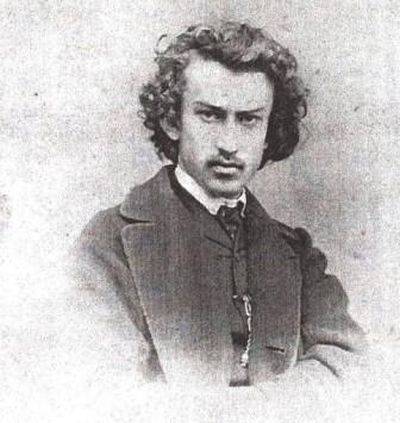
In Soviet times, the ethnographer’s biography indicated that he had been expelled from the gymnasium and then from the University of Maclay for being involved in political activities. But this is not true. The future famous traveler left the gymnasium of his own accord, but he simply could not be expelled from the university, as he was in it as a volunteer. He did not finish his studies in St. Petersburg, having left for Germany. In 1864, the future ethnographer studied at the Faculty of Philosophy of the University of Heidelberg, in 1865, at the Faculty of Medicine of the University of Leipzig. A year 1866 moved to Jena (university city in Germany), where the medical faculty studied the comparative anatomy of animals. As an assistant German naturalist Ernst Haeckel, he visited Morocco and the Canary Islands. In 1868, Miklouho-Maclay completed his studies at Jena University. During the first expedition to the Canary Islands, the future explorer studied the sea sponges, finding a new type of lime sponge as a result, naming it Guancha blanca in honor of the indigenous inhabitants of these islands. It is curious that from 1864 to 1869, from 1870 to 1882 and from 1883 to 1886 years Miklouho-Maclay lives outside of Russia, never staying in his homeland for more than one year.
In 1869, he made a trip to the Red Sea coast, the purpose of the trip was to study the local marine fauna. In the same year, he returned to Russia. The first scientific studies of the ethnographer were devoted to the comparative anatomy of sea sponges, the brain of sharks, as well as other issues of zoology. But during his travels Miklouho-Maclay made valuable geographical observations. Nikolai was inclined to believe that the cultural and racial attributes of the peoples of the world are shaped by the social and natural environment. In order to substantiate this theory, Miklouho-Maclay decided to take a long journey to the islands of the Pacific Ocean, here he was going to study the "Papuan race." At the end of October 1870, with the assistance of the Russian Geographical Society, the traveler had the opportunity to travel to New Guinea. Here he went on board the warship "Vityaz". His expedition was designed for several years.
20 September 1871 “Vityaz” landed Maclay on the northeast coast of New Guinea. In the future, this coastal area will be called Maclay Coast. Contrary to misconceptions, he did not travel alone, but accompanied by two servants - young men from the island of Niue named Boy, and the Swedish sailor Olsen. At the same time, with the help of the crew of the Vityaz, a hut was built, which became not only housing for Miklouho-Maklaya, but also a suitable laboratory. Among the local Papuans, he lived 15 months in 1871-1872, his tactful behavior and friendliness he managed to win their love and trust.
But initially Miklouho-Maclay was considered among the Papuans not as a god, as is commonly believed, but quite the contrary, an evil spirit. The reason for this attitude was the episode on the first day of their acquaintance. Seeing the ship and the white people, the islanders thought it was Rotey, their great ancestor, who had returned. A large number of Papuans went on their boats to the ship in order to present gifts to the newcomer. On board the Viking, they were also well received and presented, but already on the way back from the ship they suddenly heard a cannon shot, so the crew saluted in honor of their arrival. However, with fear, the islanders literally jumped out of their own boats, threw gifts, and floated toward the shore, deciding that it was not Rotey who came to them, but the evil spirit of Buk.
The Papuan named Tui, who was bolder than the rest of the islanders and managed to make friends with the traveler, helped to change the situation further. When Miklouho-Maclay managed to cure Tui from being seriously injured, the Papuans accepted him into their society as an equal to him, including him in the local society. For a long time, Tui remained a translator and mediator of the ethnographer in his relations with other Papuans.
In 1873, Miklouho-Maclay visited the Philippines and Indonesia, and next year he visited the south-west coast of New Guinea. In 1874-1875, he once again traveled around the Malay peninsula, studying the local tribes of the Sakai and the Semang. In 1876, he traveled to Western Micronesia (Islands of Oceania), as well as Northern Melanesia (visiting various island groups in the Pacific). 1876 and 1877, he again visited the Maclay Coast. From here, he wanted to go back to Russia, but because of a serious illness, the traveler was forced to settle in Australian Sydney, where he lived until the 1882 year. Not far from Sydney, Nikolai founded Australia’s first biological station. In the same period of his life, he traveled to the islands of Melanesia (1879), and also inspected the southern coast of New Guinea (1880), and a year later, he visited 1881 a second time on the southern coast of New Guinea.
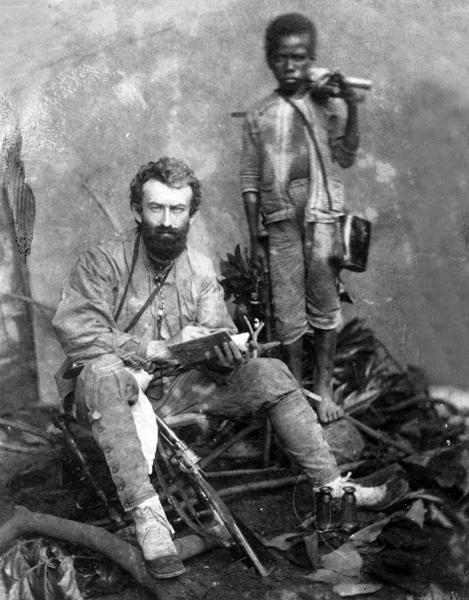
It seems curious that Miklouho-Maclay was preparing the Russian protectorate over the Papuans. He made an expedition to New Guinea several times, drawing up the so-called “Maclay Coast Development Project”. His project provided for the preservation of the lifestyle of the Papuans, but at the same time declared the achievement of a higher level of self-government on the basis of existing local customs. At the same time, the Maclay Coast, according to his plans, was to receive a protectorate of the Russian Empire, becoming also one of the basing centers of the Russian fleet. But his project was not feasible. By the time of the third trip to New Guinea, most of his friends among the Papuans, including Thuja, had already died, at the same time, the villagers were mired in internecine conflicts, and Russian fleet officers who studied the local conditions concluded that the local coast was not suitable for deployment of warships. And already in 1885, New Guinea was divided among themselves by Great Britain and Germany. Thus, the question of the possibility of realizing the Russian protectorate over this territory was finally closed.
Miklouho-Maclay returned home after a long absence in 1882. After returning to Russia, he read a number of public reports on his travels to members of the Geographical Society. For his research, the society of amateurs of natural science, anthropology and ethnography awarded Nikolai a gold medal. After visiting the European capitals - Berlin, London and Paris, he acquainted the public with the results of his trips and studies. Then he again went to Australia, having been on the way for the third time to the Maclay Coast, this happened in 1883 year.
From 1884 to 1886, the traveler lived in Sydney, and in 1886, he returned to his homeland. All this time he was seriously ill, but he continued to prepare for the publication of his scientific materials and diaries. In the same year, 1886, he handed over to the Academy of Sciences in St. Petersburg all the ethnographic collections he collected from 1870 to 1885. Today, these collections can be seen in the Museum of Anthropology and Ethnography in St. Petersburg.
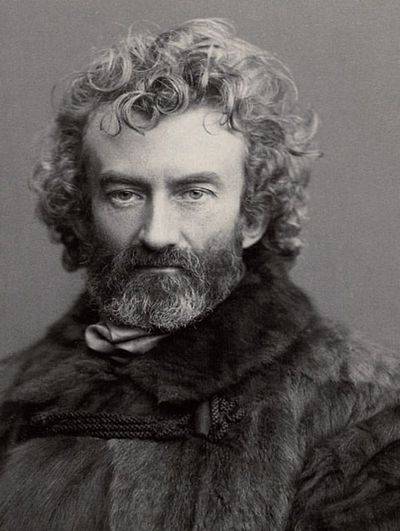
Returning to St. Petersburg traveler has changed a lot. As people who knew him noted, 40-year-old still young scientist sharply decrepit, weakened, his hair turned gray. The pain in the jaws reappeared, which intensified in February 1887, a tumor appeared. Doctors could not diagnose him and could not determine the cause of the disease. Only in the second half of the 20th century, doctors managed to remove the veil of secrecy from this issue. An ethnographer destroyed cancer with localization in the area of the right mandibular canal. Exactly 130 years ago 14 on April 1888 of the year (April 2 old style) Nikolai Nikolayevich Miklukho-Maclay died, he was only 41 a year. The traveler was buried at the Volkov cemetery in St. Petersburg.
The most important scientific merit of the scientist was that he raised the question of the species unity and kinship of the existing human races. It was also he who first gave a detailed description of the Melanesian anthropological type and proved that it is very widespread on the islands of Southeast Asia and in Western Oceania. For ethnography, his descriptions of the material culture, economy and life of the Papuans and other peoples inhabiting the numerous islands of Oceania and Southeast Asia are of great importance. Many of the observations of the traveler, characterized by a high level of accuracy, and now remain almost the only materials on the ethnography of some of the islands of Oceania.
During the life of Nikolai Nikolaevich, more than 100 of his scientific works on anthropology, ethnography, geography, zoology, and other sciences were published, and he wrote more than 160 of such works. At the same time, during the life of a scientist, not one of his major works was published; they all appeared only after his death. So in 1923, the Miklouho-Maclay Journeys Diaries were first published, and still later, in 1950-1954, the collected works in five volumes.
The memory of the researcher and ethnographer is widely preserved not only in Russia, but throughout the world. His bust can now be found in Sydney, and in New Guinea, a mountain and a river are named after him, excluding the north-east coast, which is called the Maklay Coast. In 1947, the name Miklouho-Maclay was given to the Institute of Ethnography of the Academy of Sciences of the USSR (RAS). And comparatively recently, in 2014, the Russian Geographical Society established a special Golden Medal named after Nikolay Nikolayevich Miklukho-Maklai, as the highest award of the society for ethnographic research and travel. The fact that, in honor of its 150 anniversary of 1996, the year was proclaimed by UNESCO as Mikloukho-Maclay, then he was named a Citizen of the World, speaks about the world recognition of this researcher.
Based on materials from open sources.
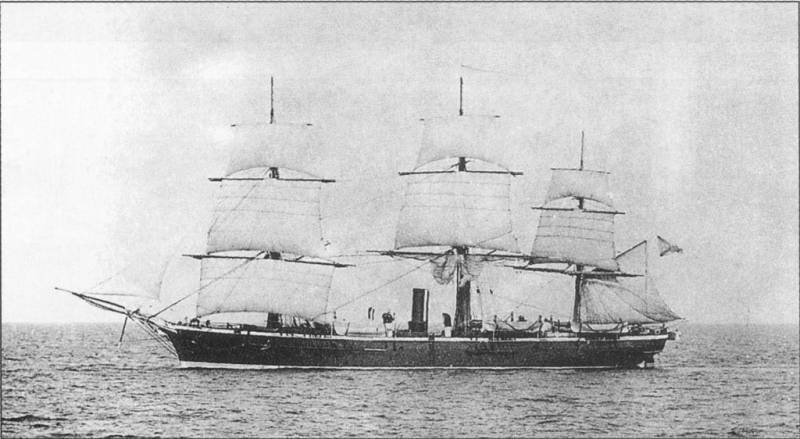
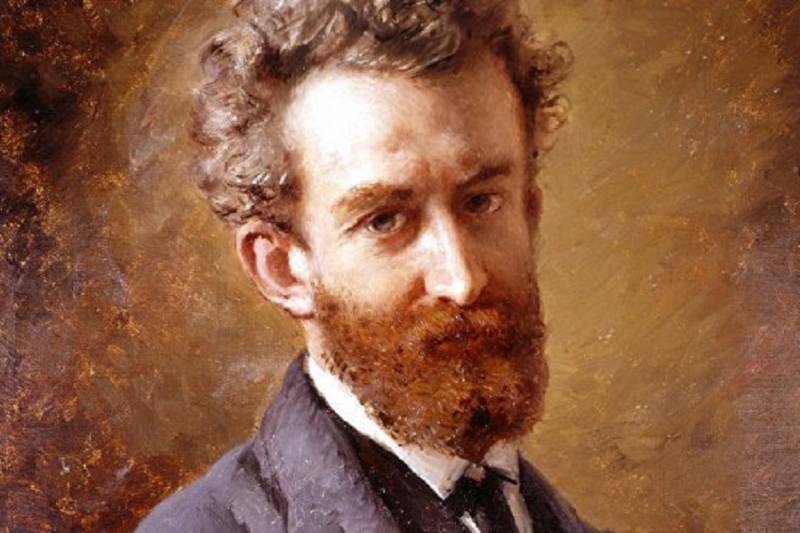
Information